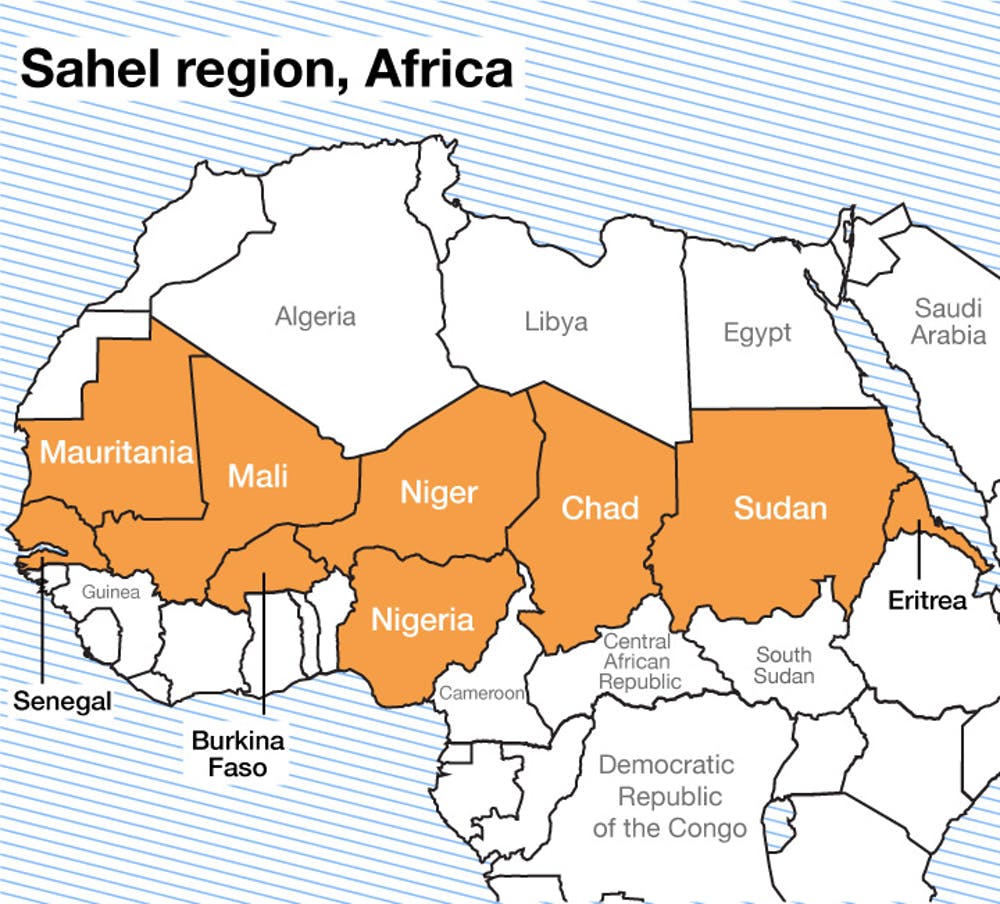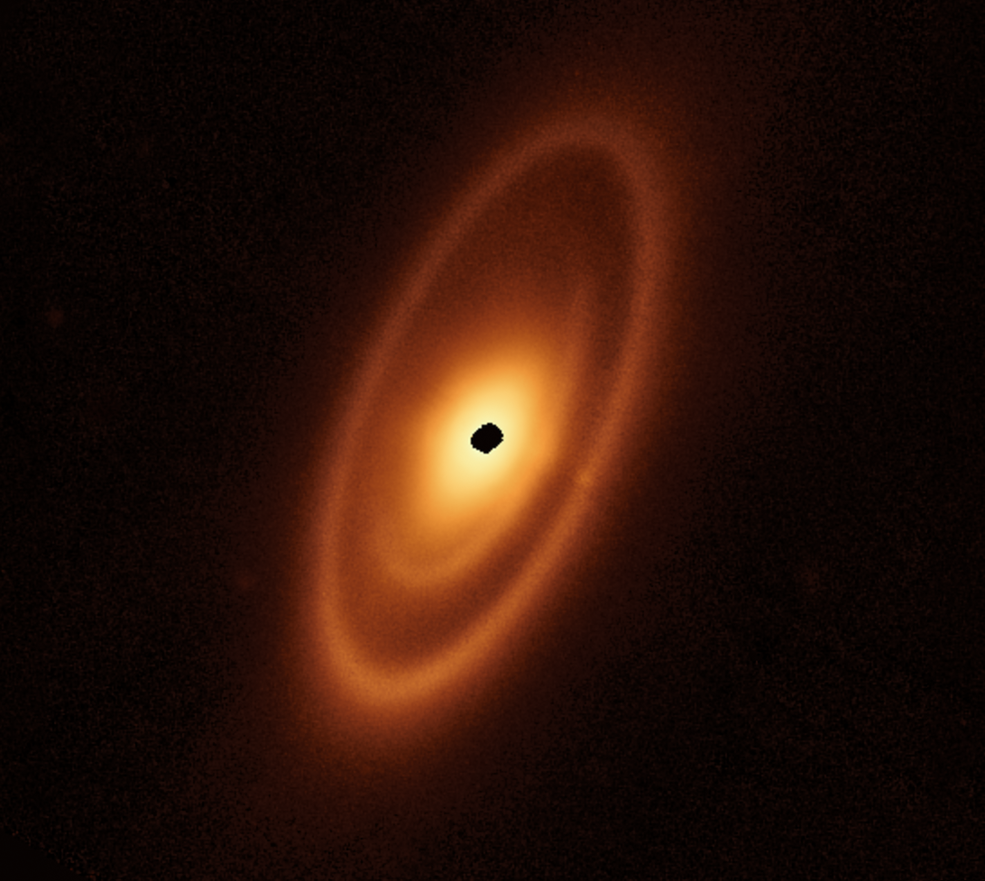The Indian Space Research Organisation (ISRO), released the Indian Space Policy 2023.
25 years ago India carved out a new future for itself by conducting underground nuclear tests at Pokhran.
Under the Glenn Amendment, if the U.S. President determines that a non-nuclear weapon state detonates a nuclear explosive device, certain sanctions apply.
Nuclear Organisations
The report on improving maternal and newborn health and survival and reducing stillbirth placed India at the top of the list of global maternal deaths, stillbirths and neonatal births.
Findings
Quick Facts
The ongoing fighting in the Sudan threatens the entire Sahel region.

Webb telescope spots three debris belts around luminous star Fomalhaut.
A light year is the distance light travels in a year, 5.9 trillion miles (9.5 trillion km).
Planetesimals are a minute planet, which could come together with many others under gravitation to form a planet.
